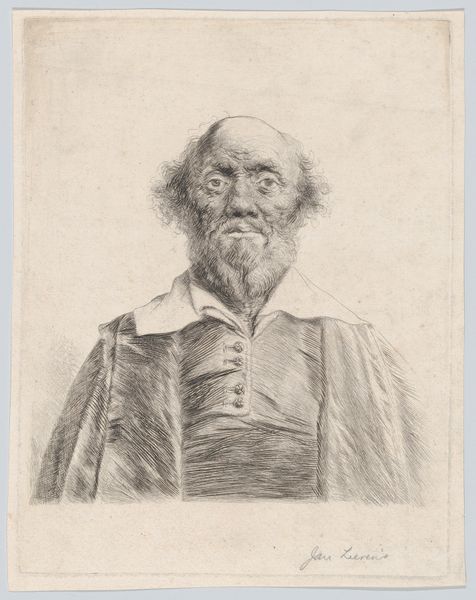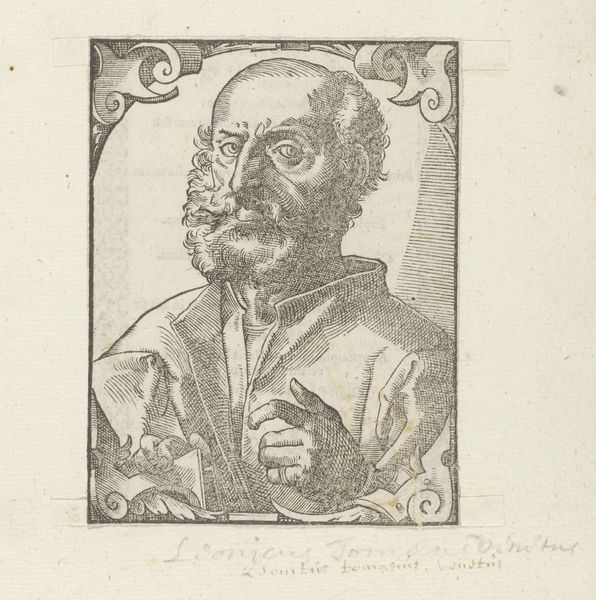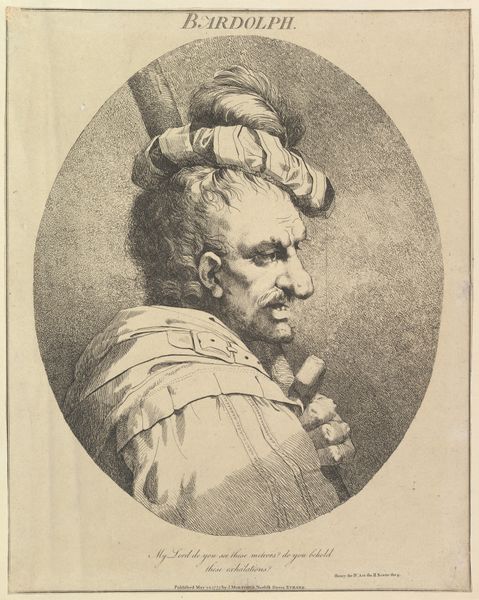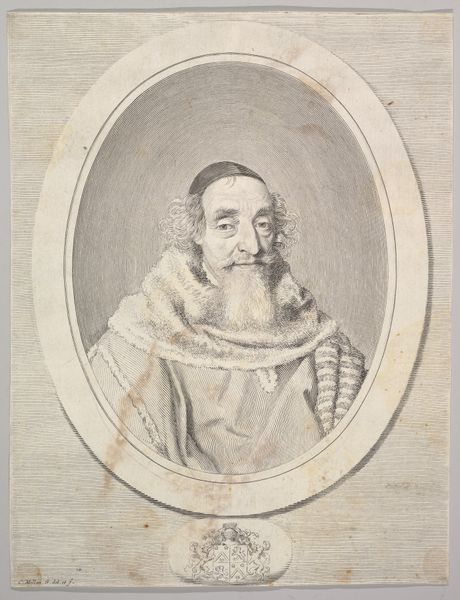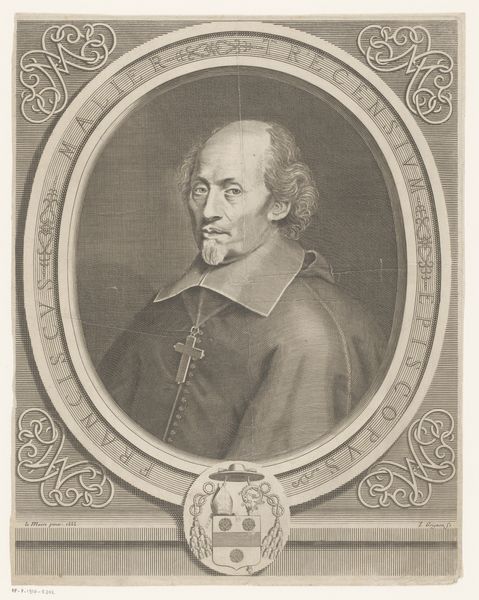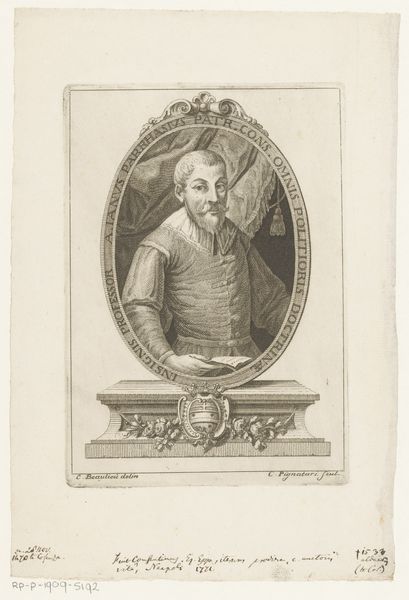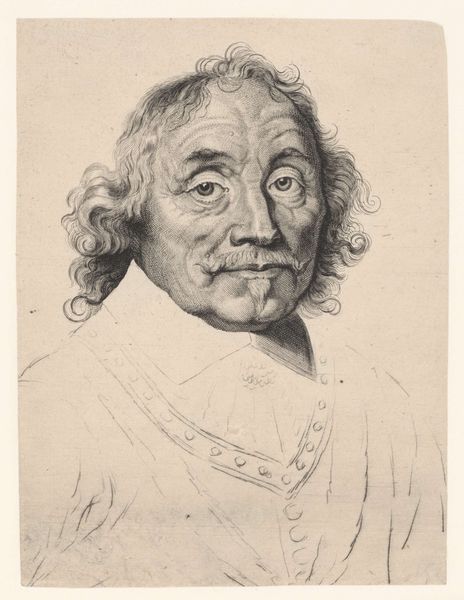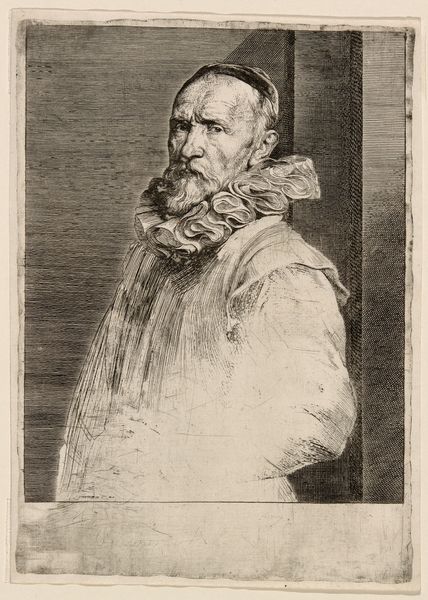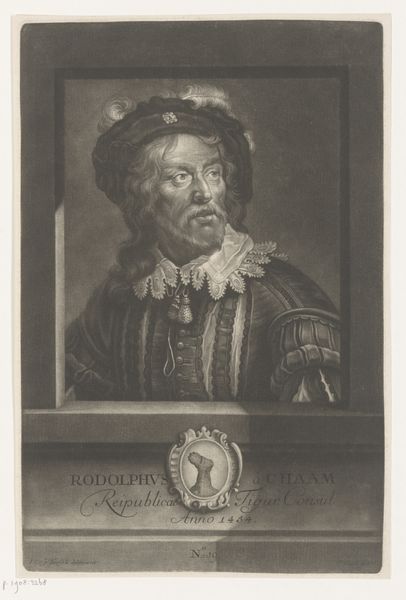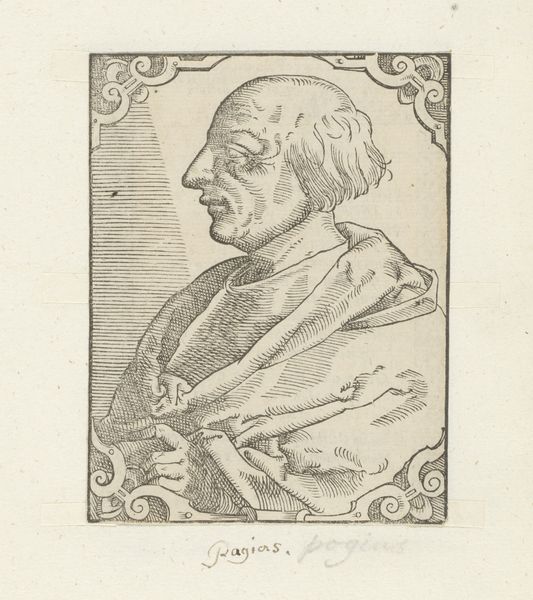
drawing, print, etching
#
portrait
#
drawing
#
baroque
# print
#
etching
#
pencil drawing
#
portrait drawing
Dimensions: plate: 11 1/4 x 8 9/16 in. (28.5 x 21.8 cm)
Copyright: Public Domain
Curator: Before us is "Bust of an Elderly Man," an etching attributed to Jan Lievens, created sometime between 1620 and 1674. Editor: Immediately, I'm struck by the weight of his gaze and the artist's remarkable rendering of age. There’s an intensity that pulls you in, but also a sense of vulnerability. Curator: Lievens, although often overshadowed by his contemporary Rembrandt, was a fascinating figure. This etching provides a glimpse into the artistic milieu of the Dutch Golden Age, particularly the burgeoning interest in portraiture and the human condition. Editor: I’m curious about the choice to depict an older man. What commentary do you think Lievens might have been making, consciously or unconsciously, about aging and societal perceptions of wisdom versus decay? Also the etching has an intimate quality; what kind of audiences would be seeing this work and in what context? Curator: During this period, images of older men were often associated with wisdom and experience. Consider the Council of Elders within the burgeoning Republic of the Dutch, Lievens might have sought to imbue his subject with those virtues, particularly within a culture still wrestling with ideas of societal identity during The Eighty Years' War. These images would circulate among the educated and well-to-do via print, not a large audience, but influential. Editor: It’s interesting to consider the work in light of the Republic, where discussions around meritocracy versus tradition were central. This portrait then can become a commentary of society itself. How do you read the details, like the man's clothes, as signifiers of class or profession? Curator: The simple but well-kept clothing suggests a man of some standing, but not ostentatious wealth; perhaps a scholar or a respected burgher. What I see as really remarkable is Lievens' facility with light and shadow to give presence to the subject. It points us towards some of the artist’s major concerns. Editor: I appreciate the interplay between the personal and the political we've explored here, showcasing how an etching of a solitary, named old man can unveil complex narratives of identity, social hierarchies, and the power of representation during a formative era of Dutch history. Curator: Indeed, viewing art through the lens of history reveals layers of meaning, reminding us that artworks are both products of and participants in the shaping of societal values.
Comments
No comments
Be the first to comment and join the conversation on the ultimate creative platform.

